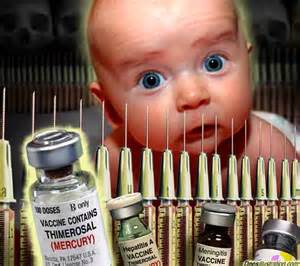53 Vaccines and Autism
Based on Research by Medical & Psychology researchers. Psychology Science Minute written by Kyle Piecora, M.S.
Autism disorder diagnoses include individuals with symptoms such as impaired social interaction, repetitive behaviors, and delayed development. Psychologists have developed measures to diagnose early childhood autism and collaborate with medical researchers.
Autism is on the rise. Many people blamed childhood vaccinations containing the mercury-based preservative thimerosal as the cause. However, numerous studies in the Journals of the American Medical and Pediatric Associations, demonstrate that mercury found in these shots are not the culprits. One study, following babies born in Denmark, found that the risk of autism and other related disorders did not differ significantly between those who were vaccinated with shots containing and not containing mercury. Rates of Autism continue to rise despite thimerosal being removed from vaccinations in 2001. Unfortunately, a research paper using questionable science that was later retracted by a prestigious journal linked autism to vaccines. The erroneous link caused many parents to not vaccinate their children or treat their autistic children with unproven and possibly dangerous treatments.
Science eventually corrected itself but in the meantime, consumers were led astray. Every effort must go to inform parents of the many studies showing no link between vaccines and autism and to the research demonstrating children with autism who receive early intervention can make tremendous gains.
References:
Hviid, A., Stellfield, M., Wohlfahrt, J., & Melbye, M. (2003). Association between thimerosal-containing vaccine and autism. Journal of the American Medical Association, 290(13), p. 1763-1766.
Madsen, K. M., Lauritsen, M. B., Pedersen, C. B., Thorsen, P., Plesner, A., Andersen, P. H., & Mortensen, P. B. (2003). Thimerosal and the occurrence of autism: negative ecological evidence from Danish population-based data. Pediatrics, 112(3), p. 604-606.





